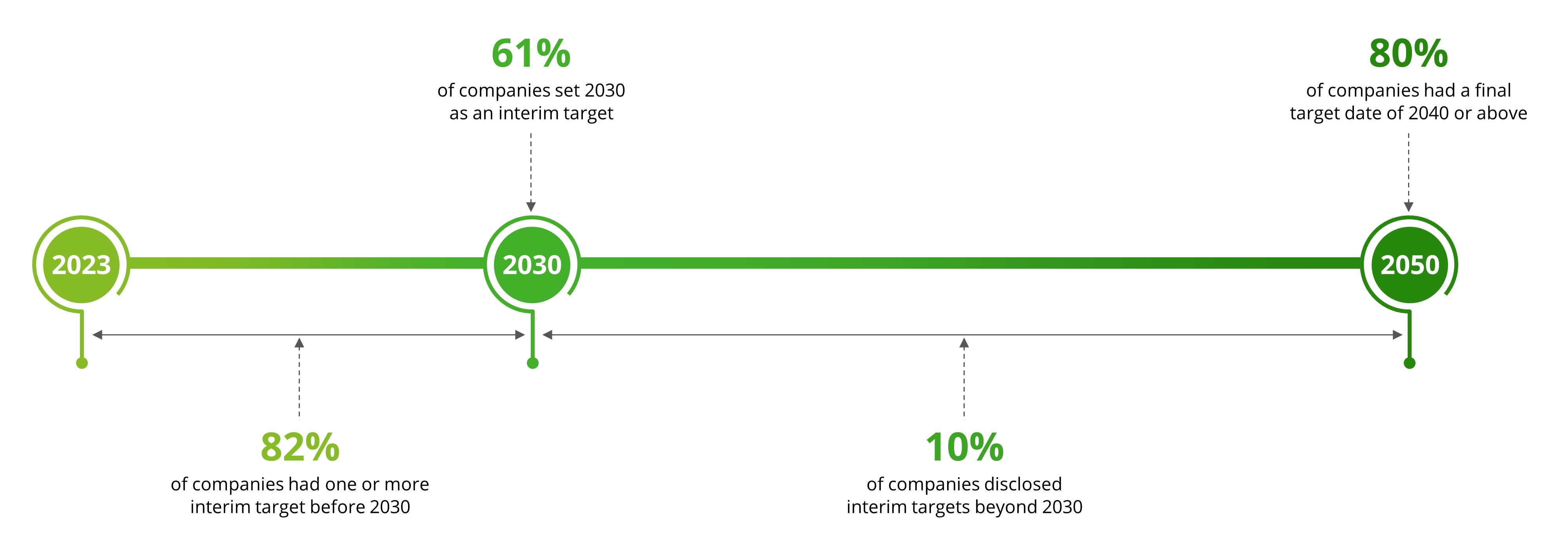Corporate Reporting Insights 2023
Surveying FTSE Annual Reports
Recent years certainly confirmed the old adage 'the only constant is change'. A rapidly evolving and challenging social, economic and political landscape means that to remain resilient businesses need to pivot quickly. Society is looking for business to lead and play its role in driving sustainable development and responding to existential challenges, including climate change, loss of biodiversity and social inclusion and equity.
Investors and other stakeholders, including customers, employees and policy makers are looking for companies to be transparent about how they are responding to these priorities and challenges, and governments and regulators are issuing new mandatory corporate reporting requirements.
We decided to change our approach to our annual corporate reporting insights from publishing once a year to bringing you more timely, shorter and topical observations designed to help you navigate new disclosure requirements, emerging practices, and growing expectations for greater transparency and accountability.
Explore our reports to discover these trends in corporate reporting.

Explore our 2023 reports
Click here to read Corporate Reporting Insights 2022

